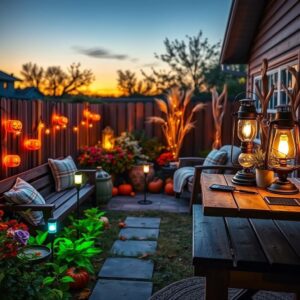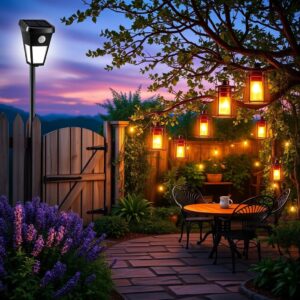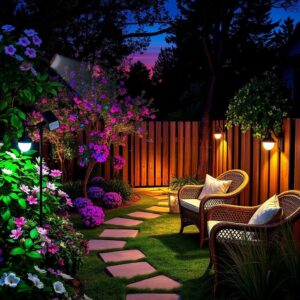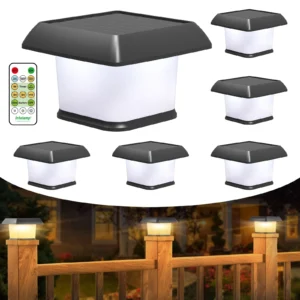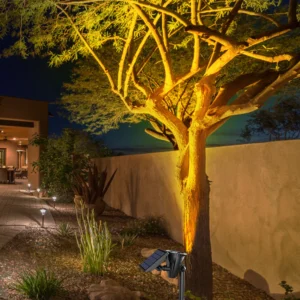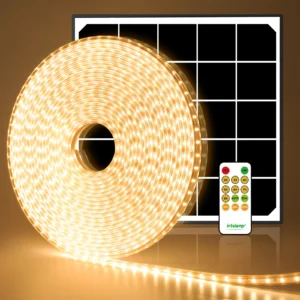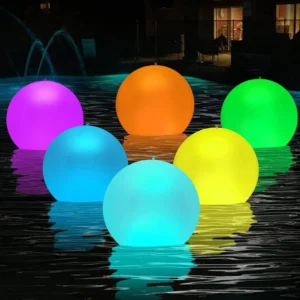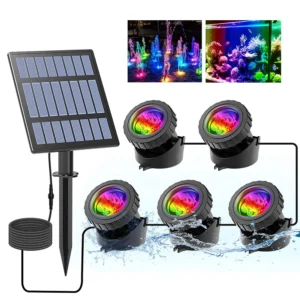Visiting cemeteries in Croatia offered me a unique perspective on how different cultures honor their loved ones. I was struck by the stark contrasts between Eastern and Western burial traditions, particularly in the way graves are decorated. In many Eastern nations, cremated remains are kept in urns, while in Croatia, graves are marked with personalized tombstones adorned with flowers, photos, and sometimes even playful decorations like footballs.
What Are Grave Lights?
Grave lights are decorative and functional illuminations placed at cemeteries to honor and remember the deceased. Their primary purpose is to provide light that symbolizes the enduring presence of loved ones, creating a serene atmosphere for visitors to reflect and pay their respects. Grave lights are also used during memorial services and special occasions, serving as a beacon of remembrance and comfort.Types of Grave Lights
- Traditional Candles Traditional candles have long been a favored choice for grave lighting. Often made from wax, these candles evoke a sense of nostalgia and reverence. They can be personalized in various colors and scents to reflect the personality of the deceased. While they create a warm, inviting glow, traditional candles come with drawbacks, such as the risk of fire and susceptibility to wind and rain. They typically need to be replaced frequently, especially during adverse weather conditions.
- LED Battery Lights LED battery lights represent a modern alternative to traditional candles. They offer the benefit of customization, available in numerous designs, colors, and styles to suit individual tastes. One of the key advantages of LED lights is their safety; they do not produce heat or flames, minimizing fire hazards. Additionally, they require minimal maintenance and can last much longer than candles. However, they rely on batteries, which can add to long-term costs and require proper disposal to avoid environmental harm.
- Solar Lights for Graves Solar lights are becoming increasingly popular for grave lighting due to their eco-friendliness and low maintenance requirements. These lights harness solar energy, converting sunlight into electricity to power LED bulbs. This makes them not only sustainable but also cost-effective over time, as they do not incur electricity costs. Solar lights are available in various designs, including angel figures, solar candles, and stake lights, offering versatility for personal expression. While they perform best in sunny conditions, advancements in solar technology mean they can function adequately even in moderate sunlight.
Can You Put Solar Lights on a Grave?
Yes, solar lights can be placed on graves, making them an excellent option for illuminating memorial sites. Their suitability stems from several factors that align well with the nature of cemetery settings and the desire for sustainable, low-maintenance lighting solutions.Explanation of the Suitability of Solar Lights
Solar lights are designed to operate independently, utilizing solar panels to convert sunlight into electricity. This self-sufficiency makes them particularly appealing for graves, where traditional electrical wiring may not be feasible. Additionally, solar lights are available in various styles, allowing families to choose options that best reflect the personality and preferences of their loved ones. Their eco-friendly nature adds to their appeal, as they do not contribute to electricity costs and minimize environmental impact.Moreover, solar lights generally require minimal upkeep, making them practical for long-term use. With automatic light sensors, they can turn on at dusk and off at dawn without any manual intervention, ensuring the grave remains lit during nighttime visits.Conditions Affecting Solar Light Performance
While solar lights are an excellent choice, their performance can be influenced by several environmental conditions:- Sunlight Availability Solar lights rely heavily on direct sunlight to charge their batteries. In areas with ample sunshine, such as open cemeteries, these lights can perform optimally. However, if the grave is shaded by nearby trees, mausoleums, or other structures, the lights may not receive sufficient sunlight to fully charge, resulting in diminished performance at night.
- Weather Conditions Prolonged cloudy or rainy days can also affect solar light efficiency. While most solar lights can still operate in overcast conditions, extended periods without direct sunlight may lead to insufficient charging. It’s important to choose high-quality solar lights that can store energy effectively to ensure reliable performance even during less favorable weather.
- Seasonal Changes The changing seasons can impact the amount of sunlight available for charging. During winter months, when days are shorter and sunlight is less intense, solar lights may struggle to maintain brightness. Therefore, it’s beneficial to select solar lights with robust batteries designed for varying seasonal conditions.
- Installation Location Proper placement of solar lights is crucial for maximizing their effectiveness. Placing them in a location that receives unobstructed sunlight during the day is essential. Additionally, ensuring they are secured in stable positions can prevent them from being knocked over by wind or other disturbances.
Different Types of Solar Lights for Graves
Solar lights offer a variety of options for enhancing the beauty and visibility of graves. Here are three popular types of solar lights commonly used in cemeteries:


